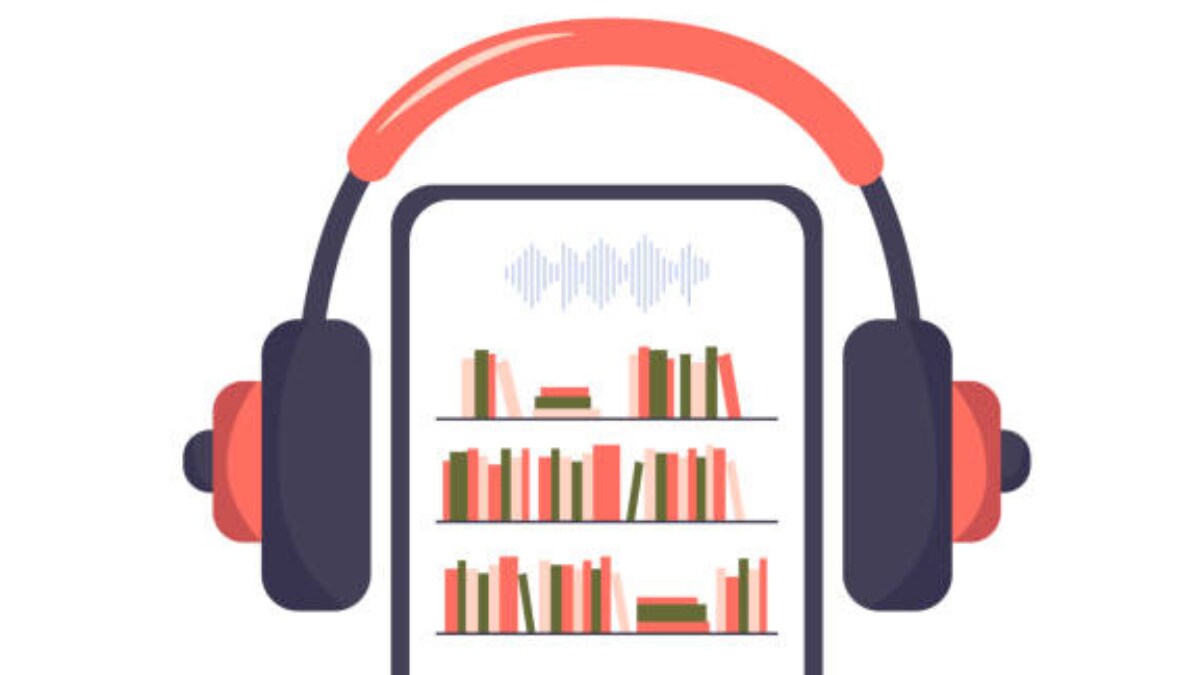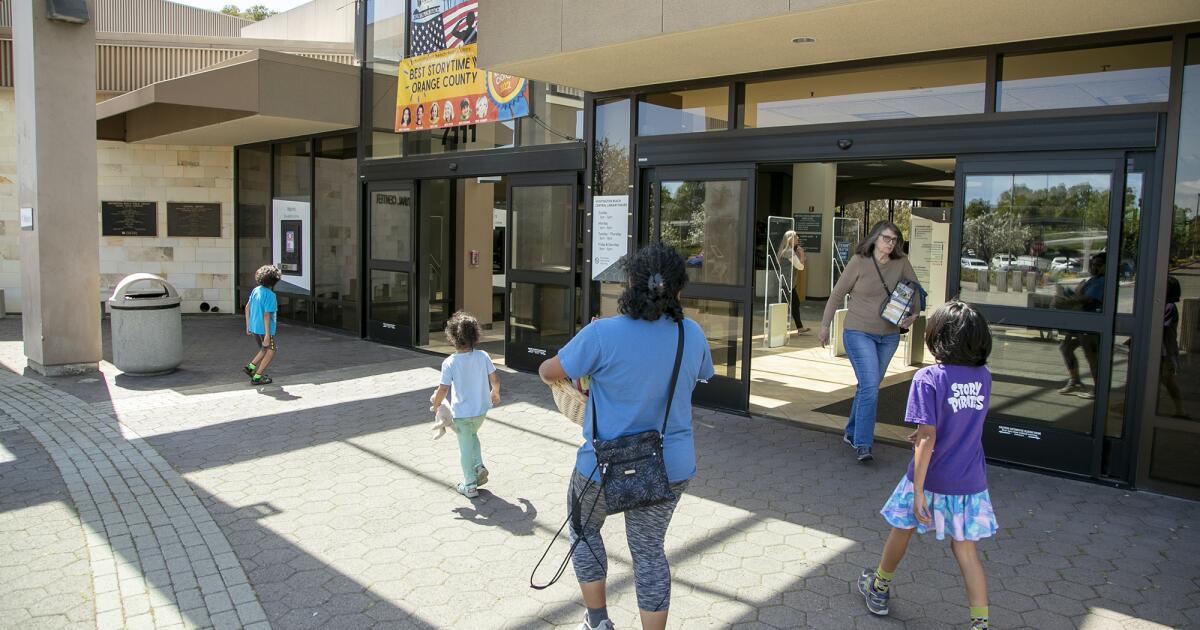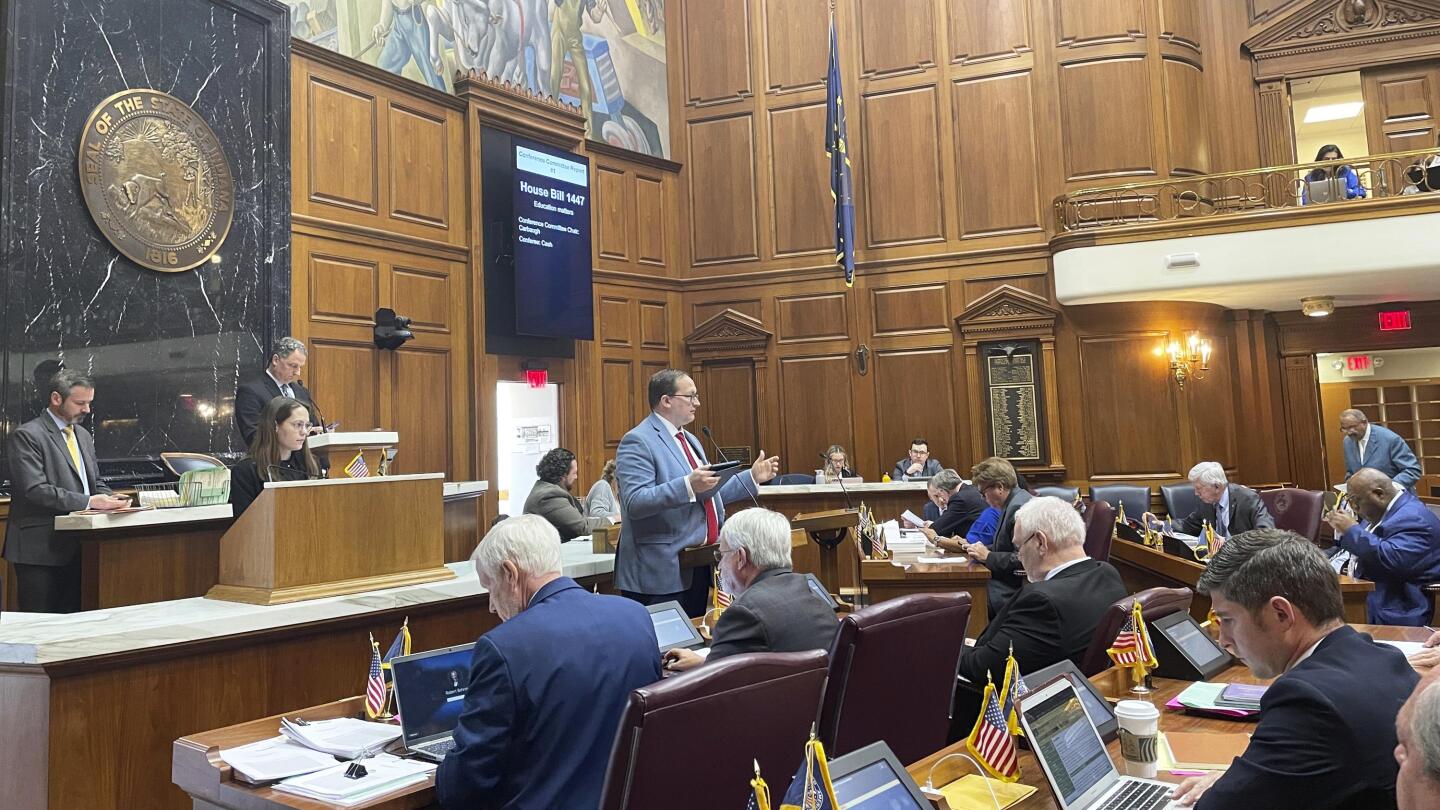
In controlled digital lending, the issue of public interest
The HinduAn ongoing legal tussle in the United States between four major publishers and the Internet Archive, which is a not-for-profit organisation trying to build a globally accessible digital library, has, once again, posed a fundamental question about the interface of copyright law and technological advancements — should copyright law protect the broader public interests or the commercial interests of the copyright holders? The IA rebutted by arguing that books under copyright protection are lent only in a regulated manner, through ‘Controlled Digital Lending’, and should, therefore, be considered to be ‘fair use’ under United States copyright law. Understanding Controlled Digital Lending The IA’s CDL model follows the lending approach generally seen in physical libraries, where if one copy is owned, that copy can be loaned to one person at a time. Also, irrespective of the number of physical copies of that book that libraries participating in the IA’s digitisation project own, for the purpose of digital lending it counts as only one additional copy per library. For example, if libraries of the All India Institute of Medical Sciences, the Indian Institute of Science, and the National Law School of India University were partners in the IA’s digitisation project and each of these institutions had six physical copies of a particular book on health law, the CDL model would ensure that readers could borrow no more than three copies of that book at a time.
History of this topic

Online library drops its legal battle to provide free e-books without publishers' permission
Hindustan Times
Online library drops its legal battle to provide free e-books without publishers’ permission
Associated Press)
US judge rules Internet Archive's digital book lending violates copyrights
Firstpost)
eBook Loans, Dispensers: Public Libraries are Adjusting to the 'New Normal'
News 18Discover Related








































